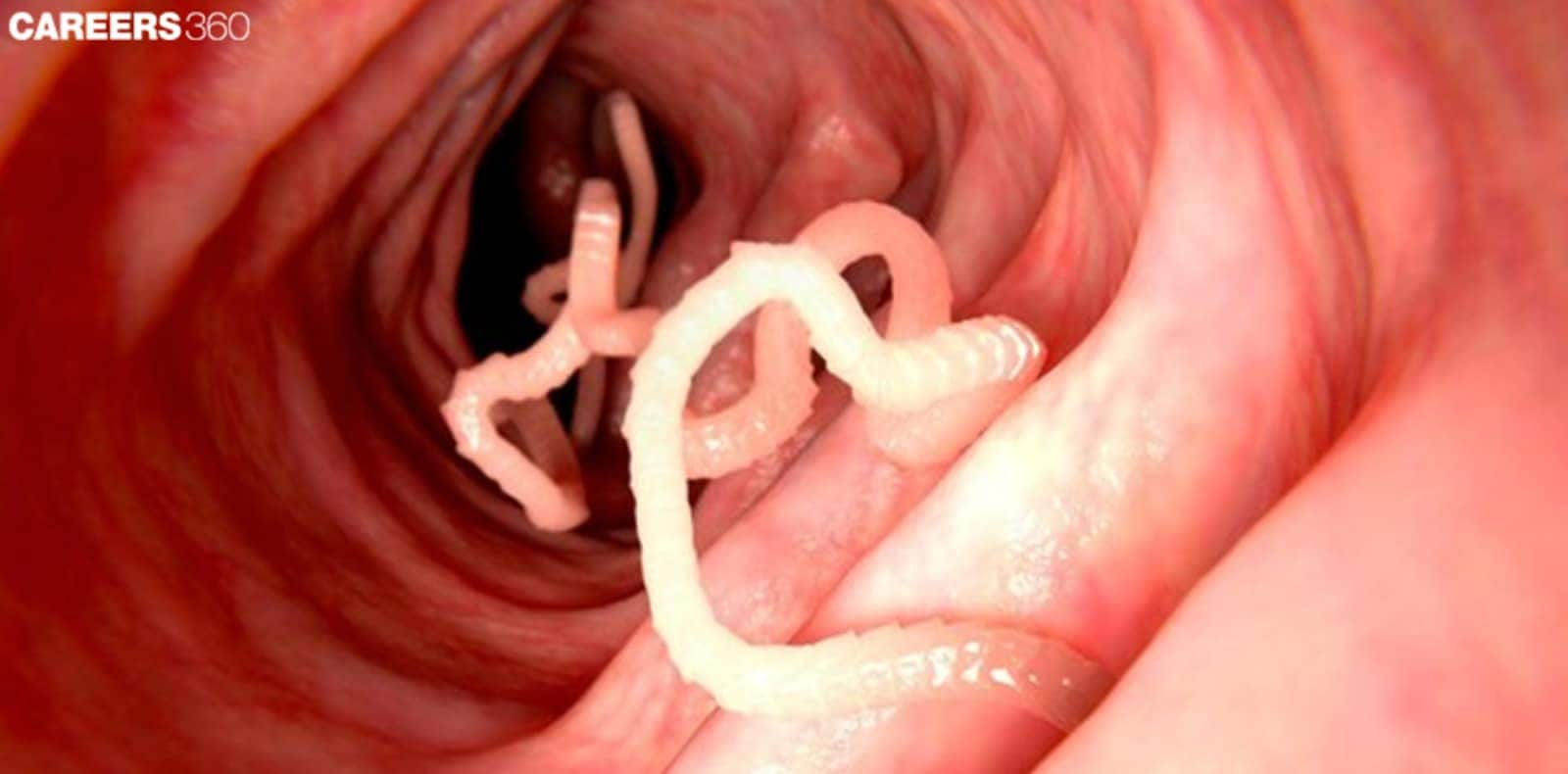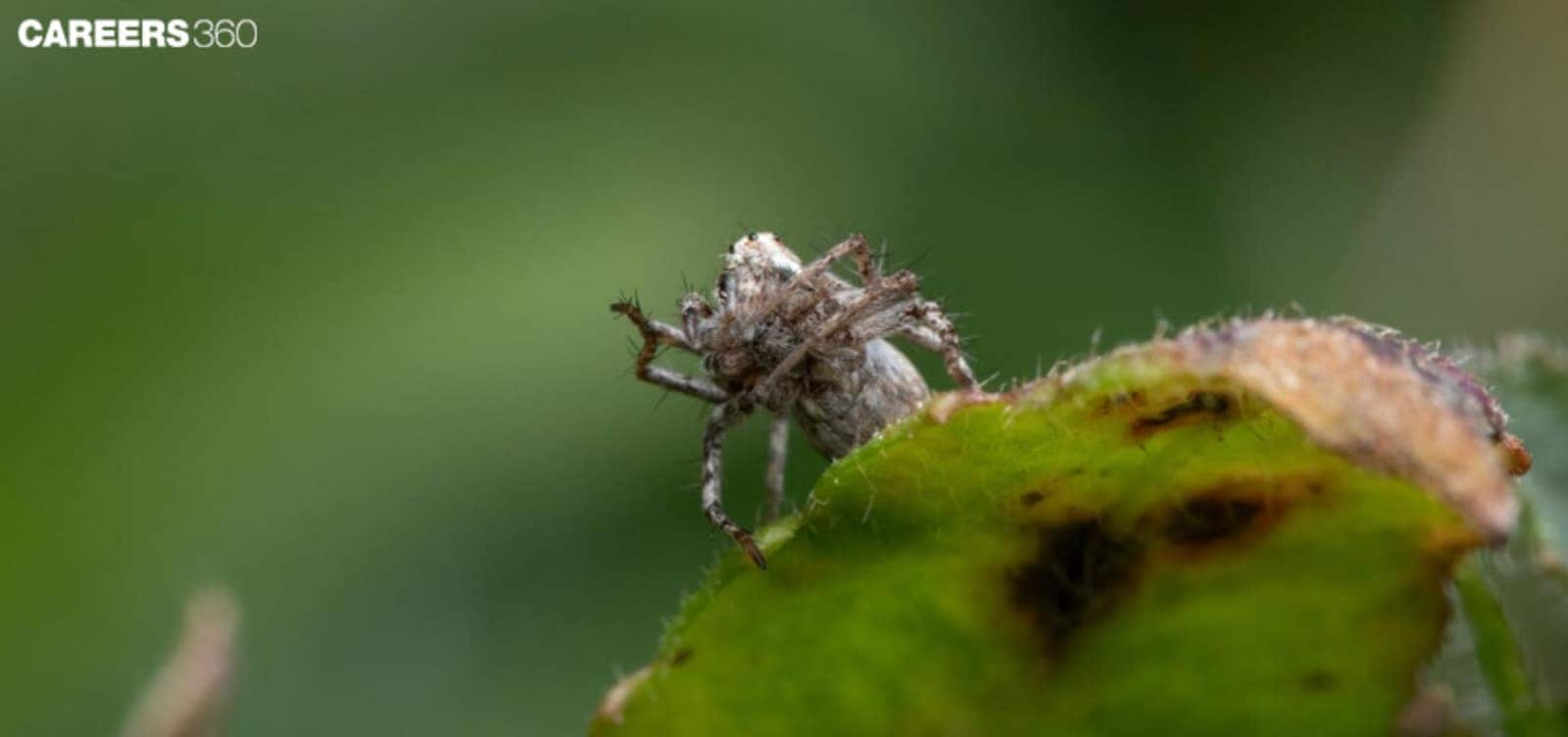Parasitic Symbiosis: Definition, Meaning, Overview, Examples, Types
Symbiosis is a close and long-term interaction between two species where both organisms, known as symbionts, live together in a mutually beneficial, commensal, or parasitic relationship. This symbiotic association can vary widely in nature, encompassing various symbiotic relationships such as mutualism, where both species benefit commensalism, where one benefits without affecting the other and parasitism, where one benefits at the expense of the other. Being part Ecology unit of class 12th Biology this becomes one of the important topics to cover. In this article, we will be discussing the basics of Symbiosis and its different forms which will help you to understand this topic in a better way.
NEET 2025: Mock Test Series | Syllabus | High Scoring Topics | PYQs
NEET Important PYQ's Subject wise: Physics | Chemistry | Biology
New: Meet Careers360 B.Tech/NEET Experts in your City | Book your Seat now
- What Is Symbiosis?
- Types of Symbiosis
- Parasitic Symbiosis In Humans
- Tips, Tricks, and Strategies for Symbiosis

What Is Symbiosis?
Symbiosis can be classified as the intimate associations within organisms and may be permanent. These are of three types, mutualism, commensalism, and parasitism. It affects host species by altering their general well-being, behaviour, and other population attributes that have effects on ecosystems. Parasitic relationships can also help in controlling diseases, the conservation of species, and check the order in the ecosystem.
Also Read:
Ecological parasitism is one of the relations of mutual interdependence. This is one of the parasites that has some advantage at the cost of the other which is the host. The entire process is known as symbiosis.
This relationship is defined by the fact that a parasite derives its needs such as food, and shelter and at times reproduces from the host. Disease-causing organisms generally pose a threat to their host through discomfort, serious sickness, or death sans instantaneous death in the host, because this removes their food source
Dependence of Parasite on Host for Nutrients
Some of the requirements that parasites have are food and this is provided by the hosts. It can cause different evolutionary changes in parasites regarding parts of their morphology and their skills to parasitize their hosts.
Types of Symbiosis
The examples are listed below-
Parasitic Plants
Example: Mistletoe
One of the most familiar examples of parasitic plants is the mistletoe which grows on trees and shrubs enveloping their branches. This is a parasitic plant that feeds on water and nutrients from its host thus stunting the growth of this host plant and in some cases causing its death. Mistletoe has highly modified roots called haustoria which burrow into the tissues of the host to draw nutrients.
Image of mistletoe on a tree
Parasitic Animals
Example: Tapeworms in intestines
Tapeworms are worms of the platyhelminth group which are parasitic and survive inside the gut of hosts such as humans and animals. These worms remain in the intestine of the host by hooks and suckers and feed on the contents of the intestine through the skin. The affliction of tapeworms causes deficiency diseases and other illnesses in the host organism.
Image of a tapeworm
Parasitic Fungi
Example: Cordyceps affecting insects
Cordyceps is a family of mycopathogens that parasitize insects and other Arthropods. The spores land on the host’s body, penetrate it and the bacteria bring out fruiting bodies to attack the host and emerge from its dead body to disperse more spores. Such significant distortions of the host’s behaviour and physiology are characteristic of Cordyceps.
Image of Cordyceps on an insect
Parasitic Symbiosis In Humans
Common Human Parasites
Protozoa (e.g., Giardia)
Another protozoan parasite is Giardia lamblia which results in giardiasis which is a gastrointestinal affliction. It is caught when you consume contaminated water or food and it fixes itself on the small intestine; the symptoms are usually diarrhoea, stomach aches, and nausea.
Helminths (e.g., Schistosoma)
Schistosoma is a group of parasitic flukes that affect humans. They are commonly referred to as blood flukes and cause the disease referred to as schistosomiasis. These worms stay within the blood vessels of their hosts and the eggs they release can cause inflammation and organ damage. Transmission is via water sources containing the protozoan parasites such as Schistosoma species, in this case, fresh water.
Tips, Tricks, and Strategies for Symbiosis
It takes effort to remember everything in a single go. We made the entire problem easy. Some of the tricks regarding Symbiosis are given below which you can use to memorise the important points.
Types of Symbiosis
"MCP: Mutualism, Commensalism, Parasitism"
M: Mutualism – Both species benefit (e.g., bees pollinating flowers)
C: Commensalism – One species benefits, the other is unaffected (e.g., barnacles on whales)
P: Parasitism – One species benefits, the other is harmed (e.g., ticks feeding on mammals)
Symbiotic Relationship Benefits
"FRS: Food, Reproduction, Shelter"
F: Food – Some species gain nutrients from their host (e.g., parasites)
R: Reproduction – Some rely on hosts to reproduce (e.g., viruses within cells)
S: Shelter – Some find protection within or on another species (e.g., hermit crabs in shells)
Mutualistic Relationships
"LNG: Lichens, Nitrogen-fixation, Gut bacteria"
L: Lichens – Symbiotic association of fungi and algae
N: Nitrogen-fixation – Bacteria in legumes provide nitrogen to the plant
G: Gut bacteria – Bacteria in the intestines help digestion and nutrient absorption
Evidence of Symbiosis in Evolution
"GAP: Genetic evidence, Adaptations, Physical associations"
G: Genetic evidence – Similar genetic material hints at co-evolution
A: Adaptations – Traits developed to support symbiosis (e.g., specialized root nodules)
P: Physical associations – Visible partnerships (e.g., coral reefs)
Also Read
Frequently Asked Questions (FAQs)
Symbiosis parasitic is a social relation between two different species, a parasite and the host the former benefiting from the latter, being wholly dependent on in terms of food and shelter, and often at the host's expense.
During the parasitic invasion, nutrients are extracted from the host normal physiological processes are interfered with and diseases and or discomforts may be developed. They can also suppress the immune system and other diseases of the host’s body and make him/her vulnerable to infections.
Some examples include mistletoe: this parasitic plant topic feeds on the nutrient-rich sap of trees: tapeworms: which are parasites that reside in the intestines where they draw nutrients; Cordyceps fungi: infections that cause the insects that behave in a certain manner and eventually kill before producing fruiting bodies.
Parasites of the immune system by non-recognition through antigenic variation, inhibition of host immunity, residing inside host cells and molecular mimicry to avoid being targeted by the immune system.
Giardia: Inhaling or ingesting contaminated water or food, passing through the stomach and small intestine where they change to trophozoites, and then transported to the large intestine then to the lungs and finally passed out in faeces.
Schistosoma: Ingression through the skin from contaminated water, migration of the larvae into the blood vessels where they grow into adults and laying of eggs in the urine or faces.
Tapeworms: Consumption of raw or lightly cooked meat and other animal products: development to adulthood in the human small intestine, the release of eggs in the adult female worms into the intestinal segments and oviposition in the faeces.
Also Read
02 Dec'24 10:56 AM
26 Nov'24 11:07 PM
20 Nov'24 05:01 PM
14 Nov'24 01:41 PM
13 Nov'24 07:09 PM
13 Nov'24 05:19 PM
12 Nov'24 08:45 AM
14 Oct'24 12:46 PM


